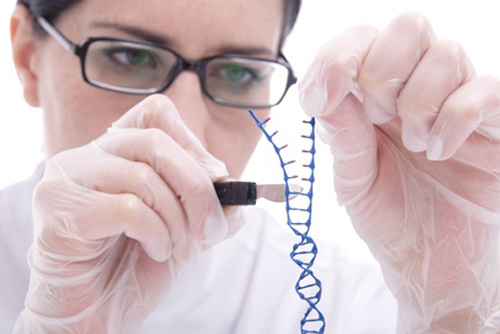Terence R. Flotte M.D. Editor-in-Chief Human Gene Therapy, Mary Ann Lieber, Inc.
Has CRISPR/Cas9 Technology Forced the Question?
Public acceptance of human gene therapy has rested on the assurances that therapeutic genetic alteration in humans would (1) be restricted to therapy for disease rather than for enhancement, and (2) be restricted to somatic cells, incapable of transmitting genetic alterations to future generations of humans. In situations where systemic gene therapy protocols were thought to present a very small (but finite) risk of inadvertent germ line transmission, gene therapy trials have been allowed to proceed. This decision has been at least partially based on the very low efficiency of germ line alteration with viral vectors then in clinical use. However, the recent publication by Liang et al. demonstrates that high frequency gene editing is feasible in human embryos using a CRISPR/Cas9-mediated approach. The actual performance and publication of these experiments has itself created substantial controversy. Whether one agrees with the performance of these experiments or not, they have clearly forced researchers, clinicians, and ethicists to face the issue of therapeutic germ line alteration with renewed energy.
To read the rest of this in Human Gene Therapy, click here.
Terence R. Flotte, M.D. ([email protected]), is Incoming editor-in-chief for Human Gene Therapy, Celia and Isaac Haidak Professor of Medical Education, and Dean, Provost and Executive Deputy Chancellor University of Massachusetts Medical School.
Human Gene Therapy, published by Mary Ann Liebert, Inc., is the premier, multidisciplinary journal covering all aspects of gene therapy. The above article was first published in the April 2015 issue of Human Gene Therapy with the title “Therapeutic Germ Line Alteration: Has CRISPR/Cas9 Technology Forced the Question?”. The views expressed here are those of the authors and are not necessarily those of Human Gene Therapy, Mary Ann Liebert, Inc., publishers, or their affiliates. No endorsement of any entity or technology is implied.







